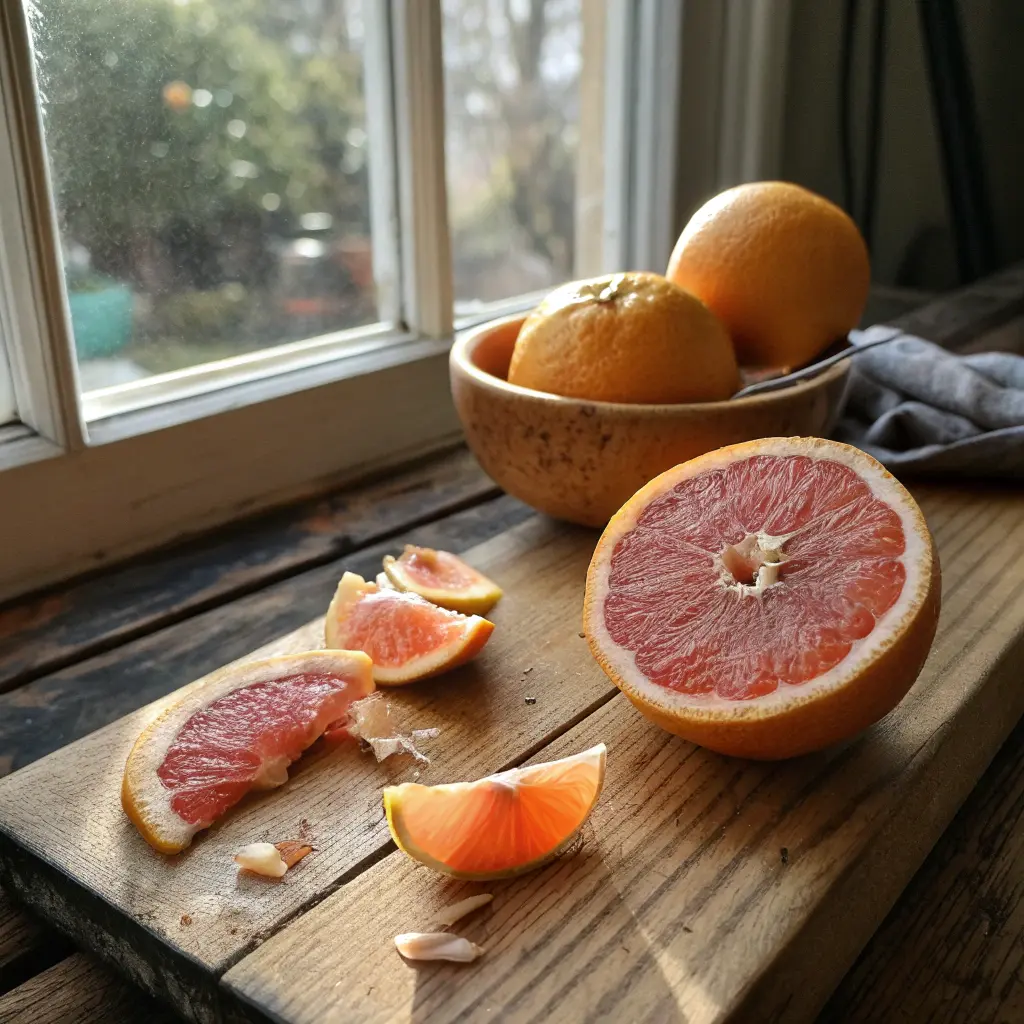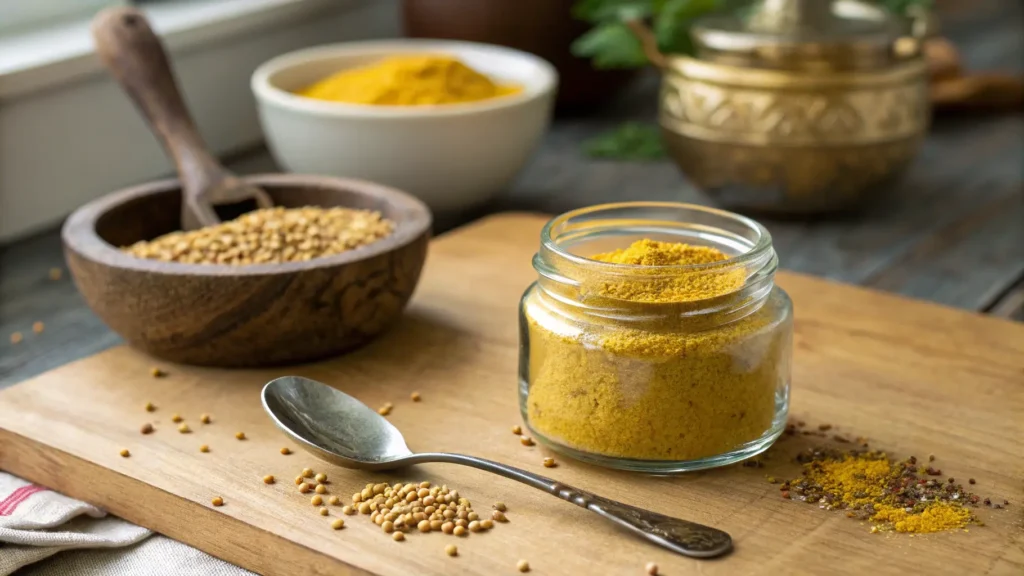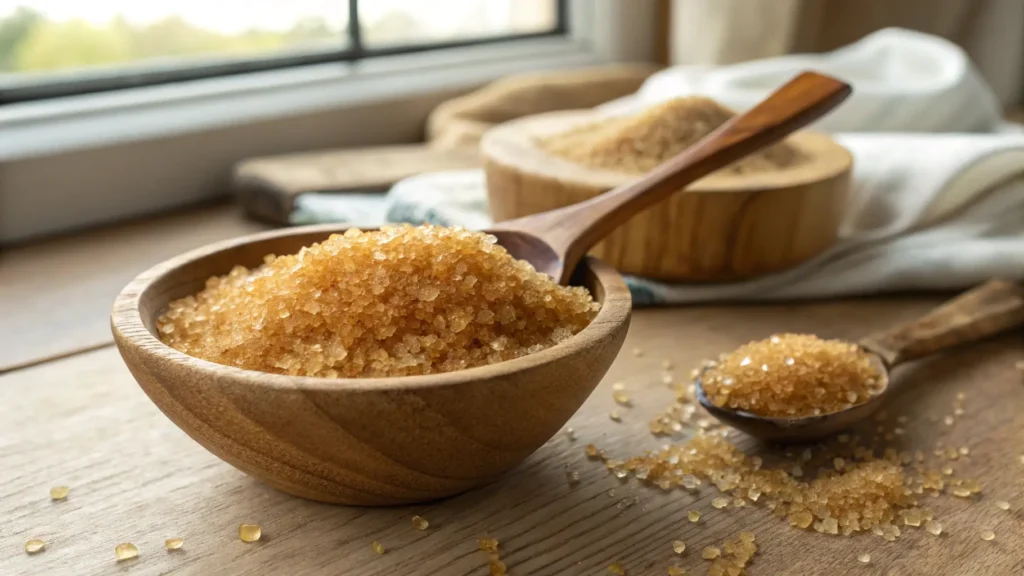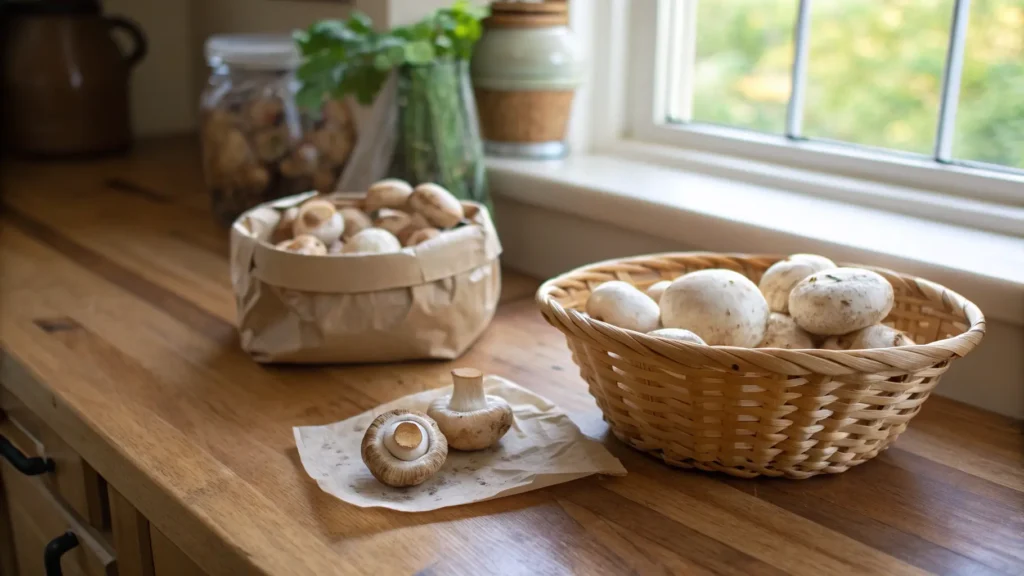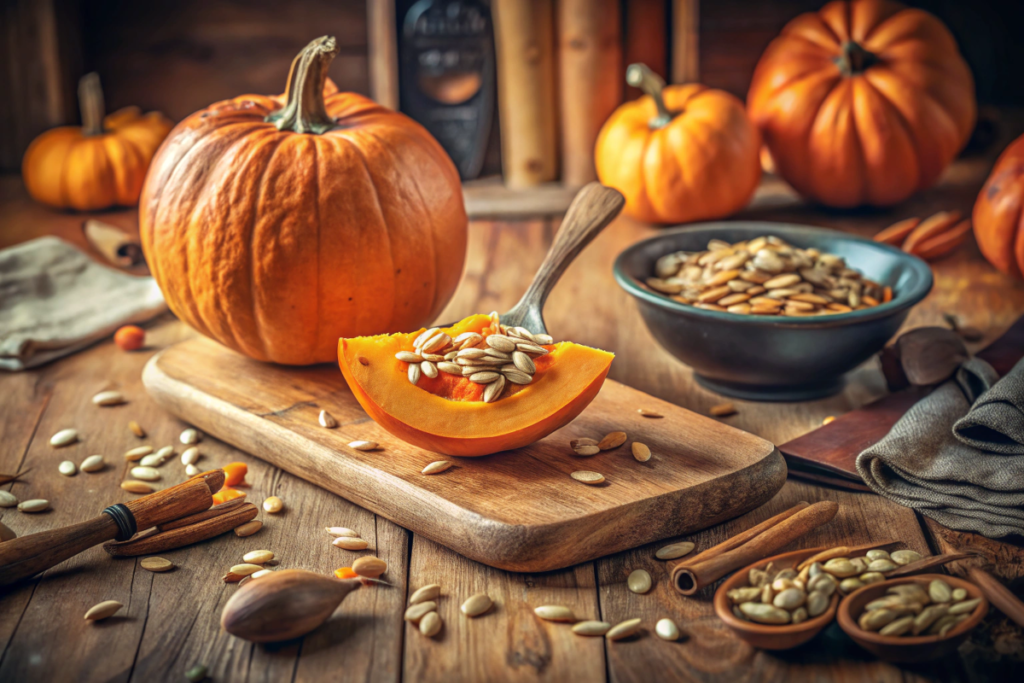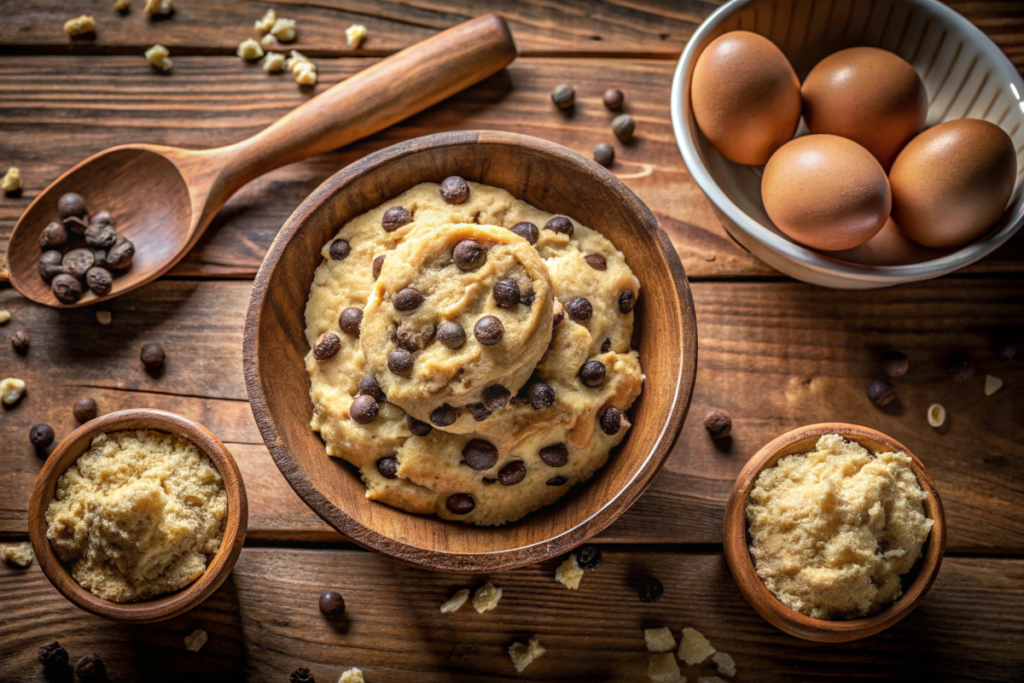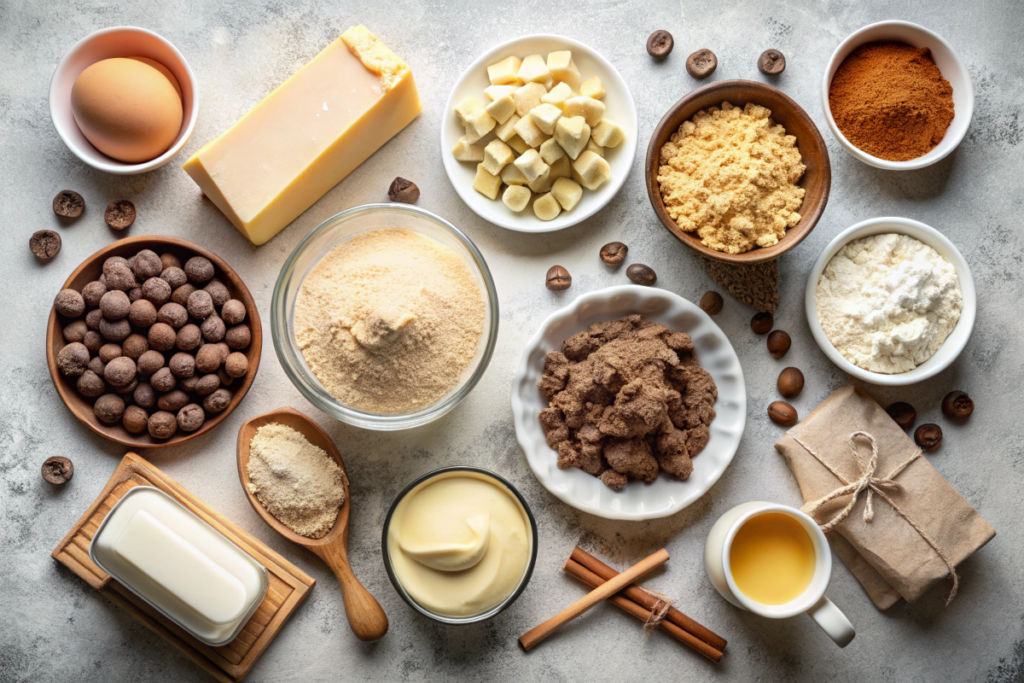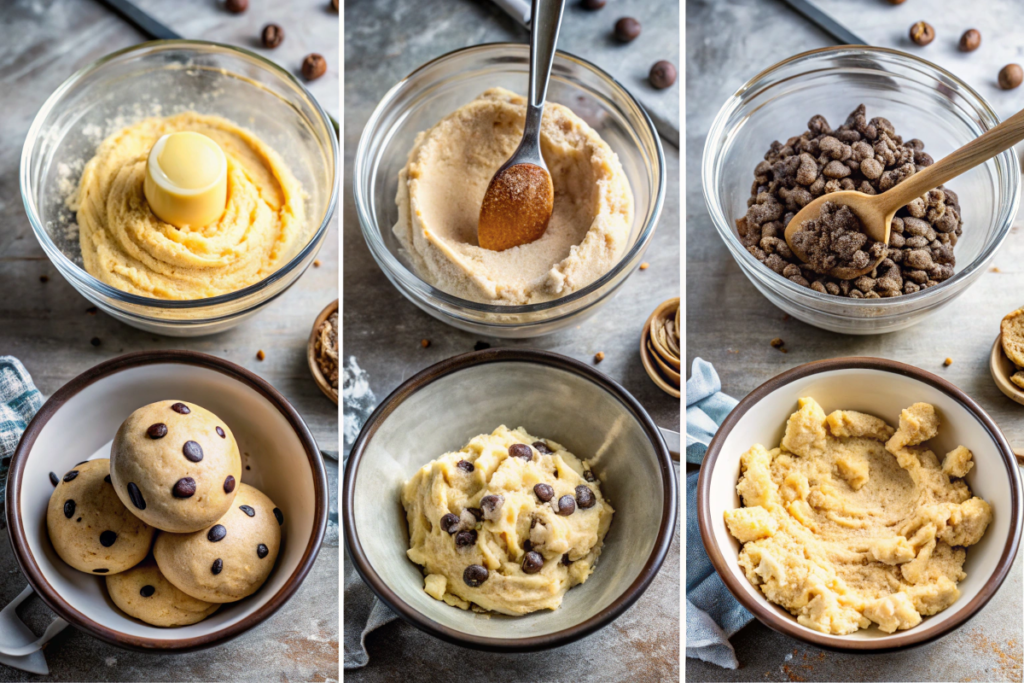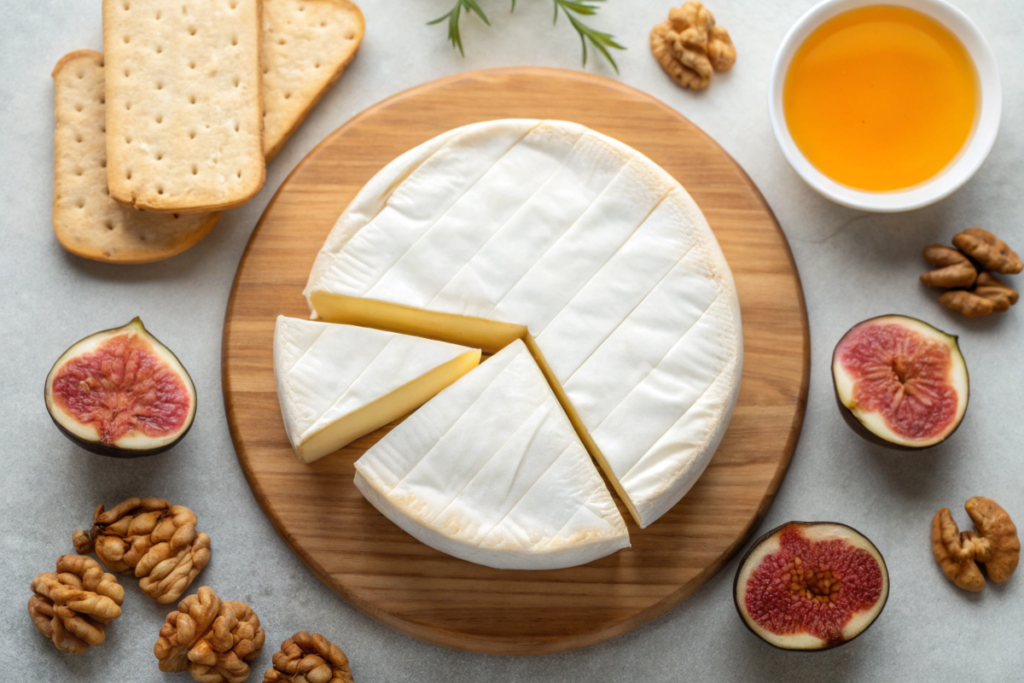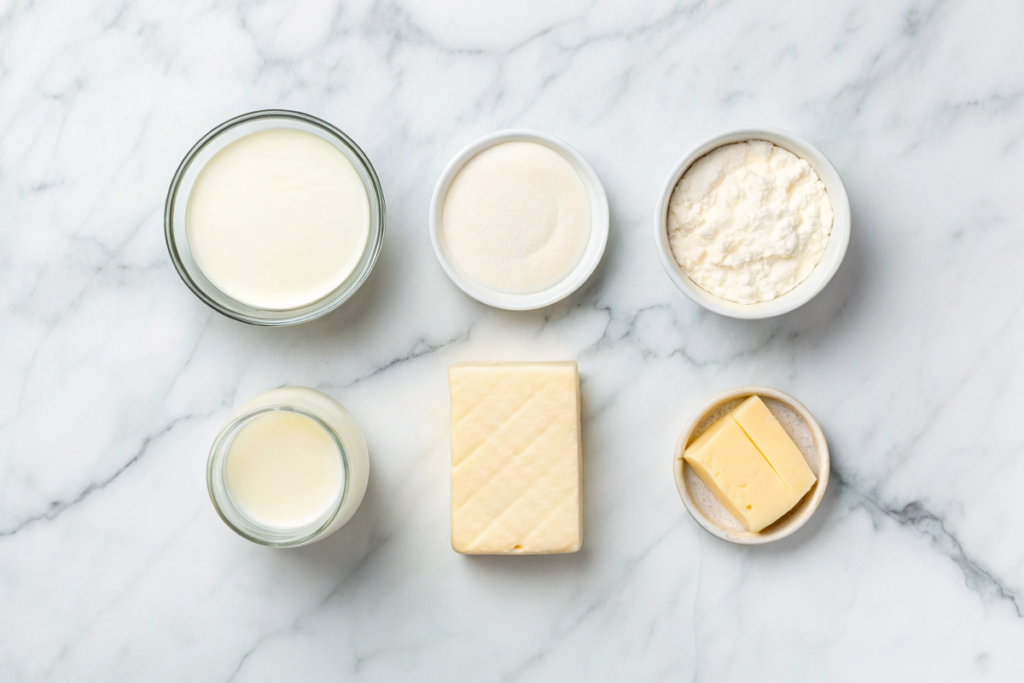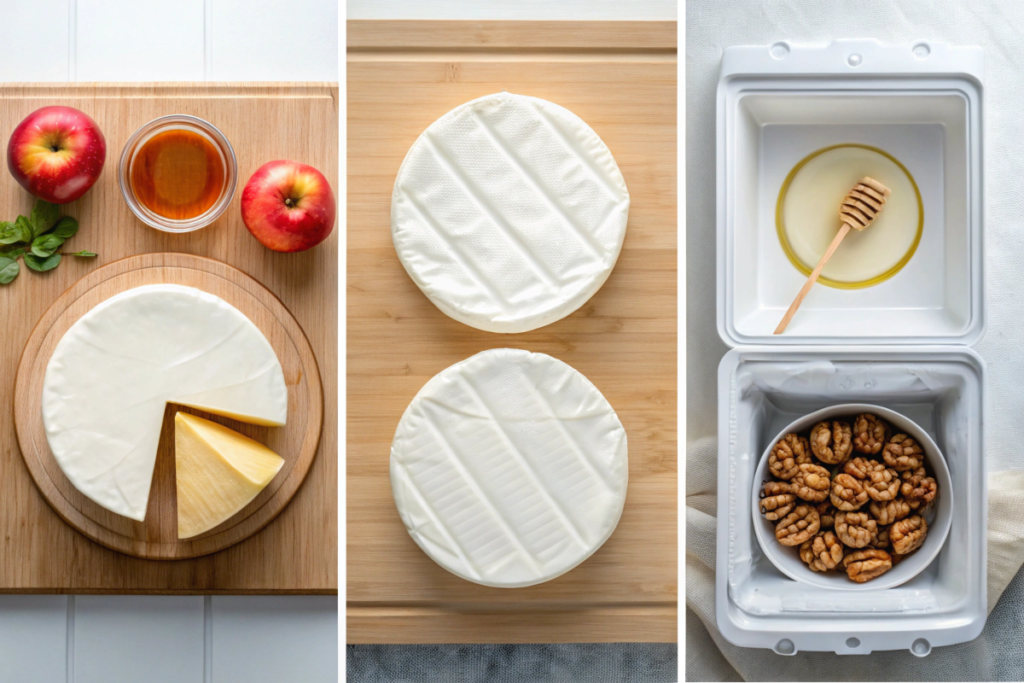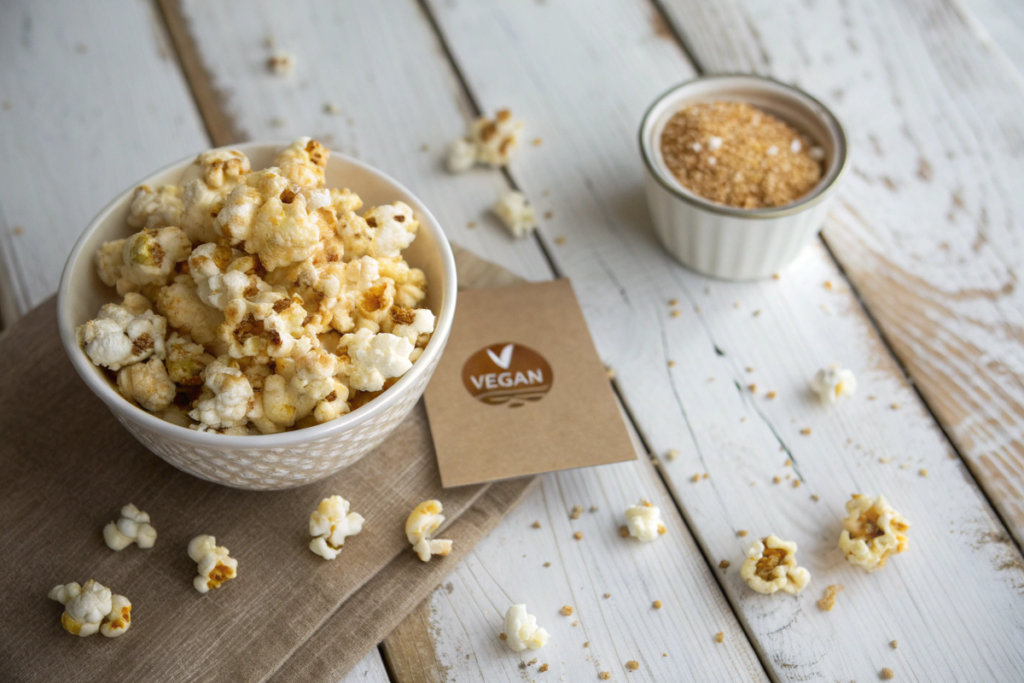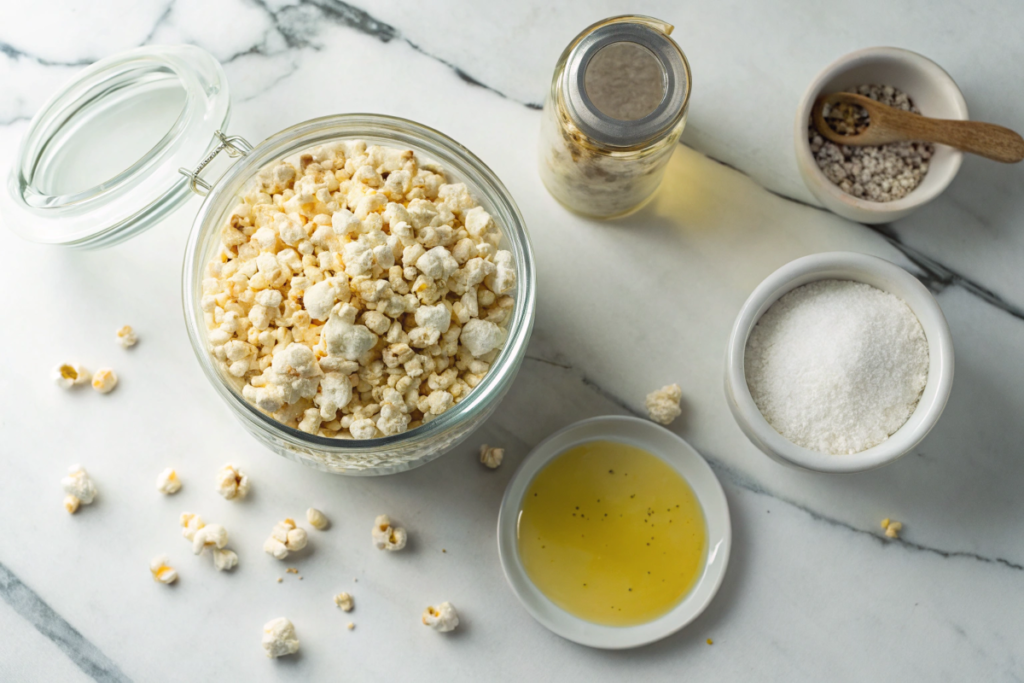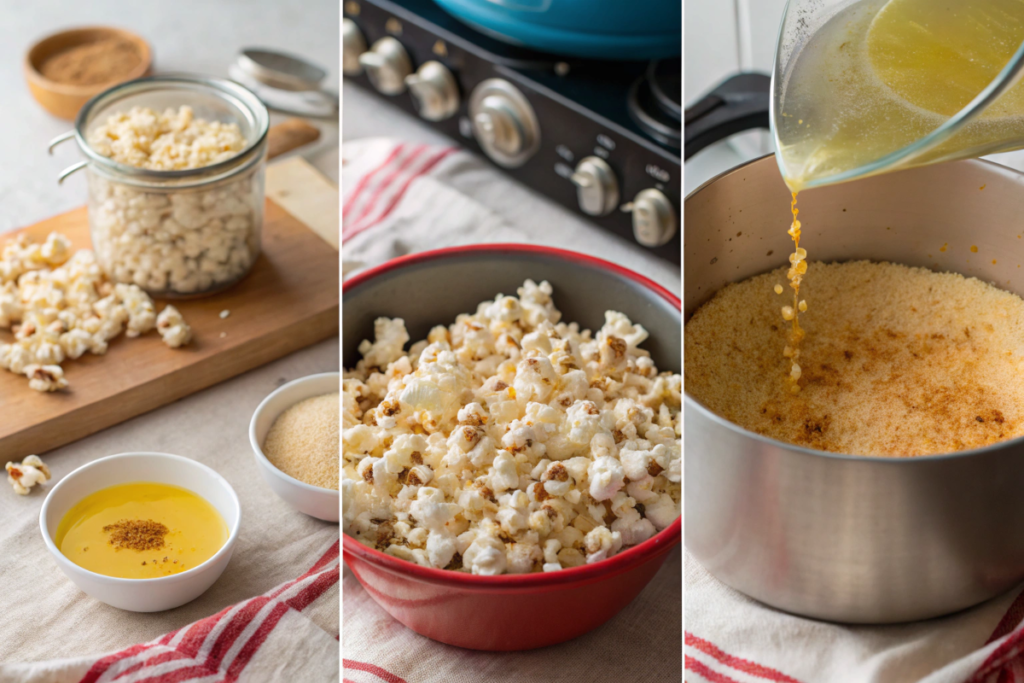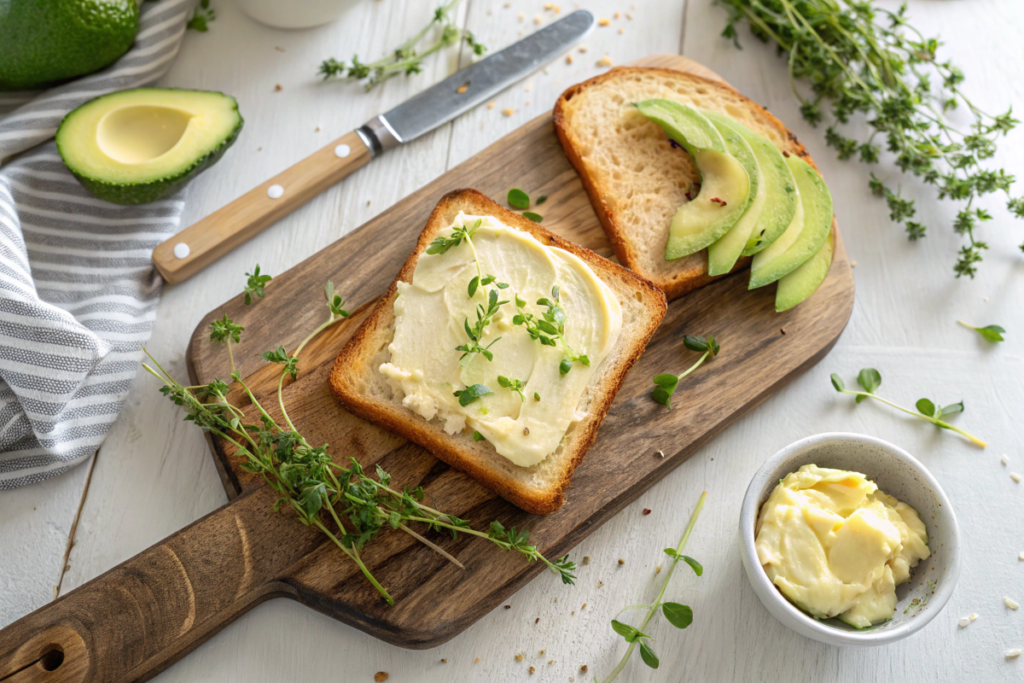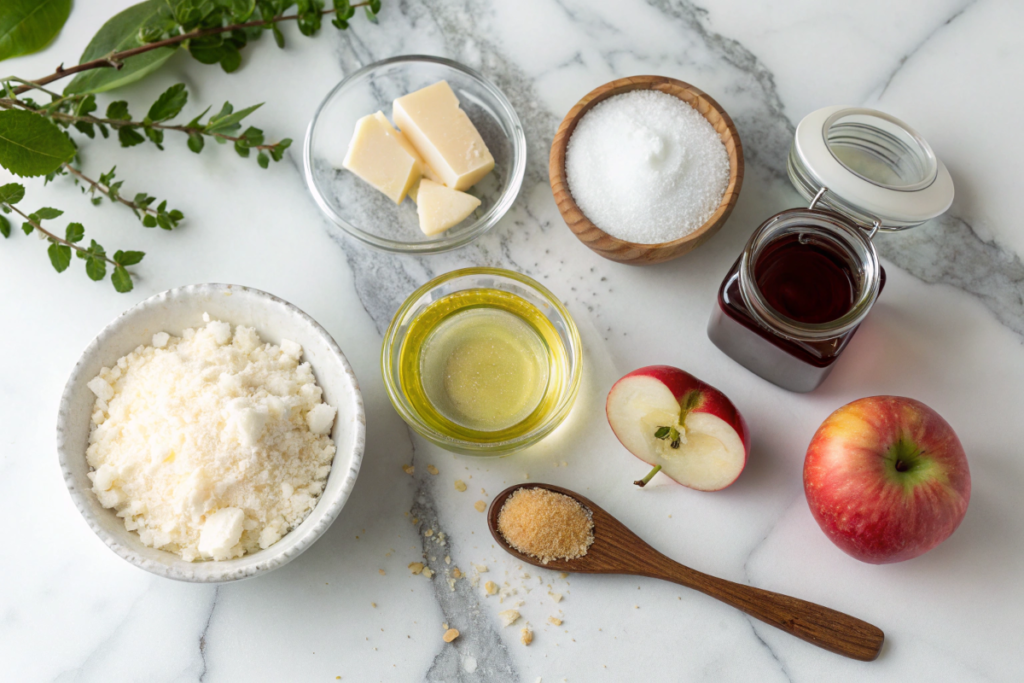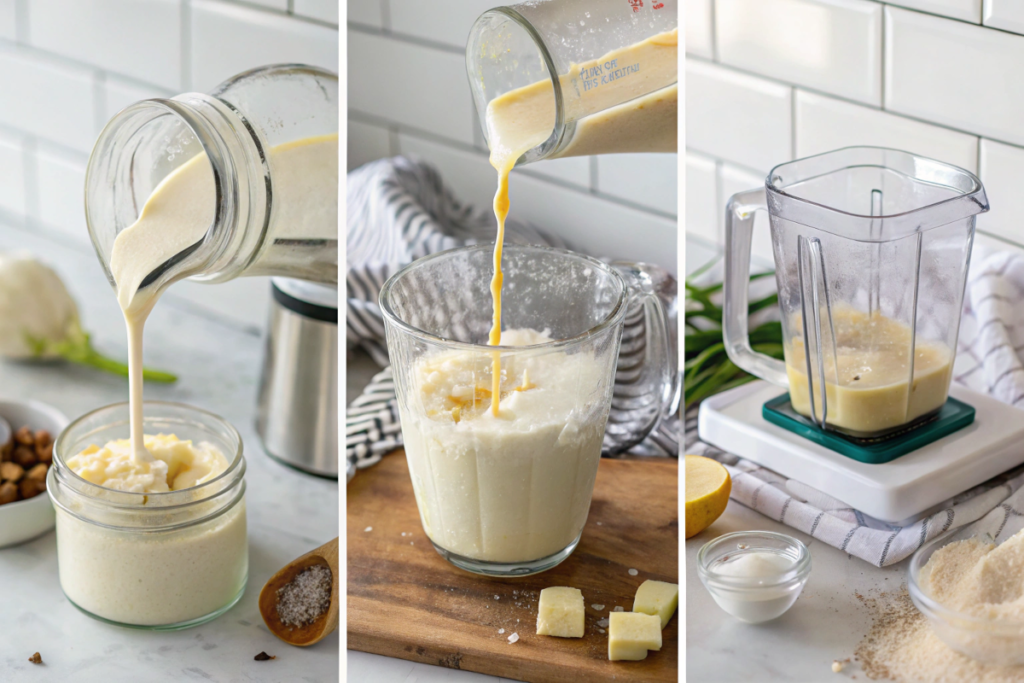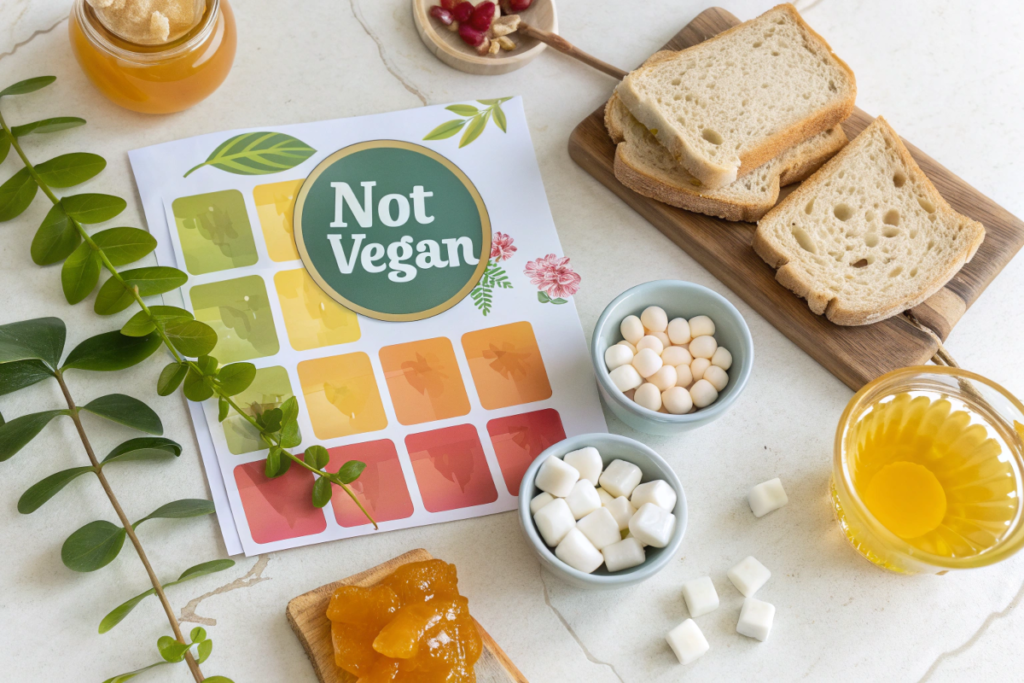Pumpkins are a beloved staple in both culinary delights and cultural festivities. But is pumpkin a fruit? This question often sparks debates among gardeners, chefs, and nutrition enthusiasts alike.
In this comprehensive guide, we delve deep into the classification of pumpkins, exploring botanical definitions, culinary perspectives, and nutritional benefits to answer whether pumpkin is indeed a fruit. Additionally, if you’re curious about other food safety topics, such as whether you can eat raw cookie dough, check out this guide.
Why the Classification of Pumpkin Is Often Debated
The debate stems from pumpkins being used both as fruits and vegetables in different contexts. Botanically, fruits are typically sweet and used in desserts, while vegetables are savory. However, pumpkins blur these lines, leading to confusion.
What Is a Fruit?
The Botanical Definition of Fruit
In botanical terms, a fruit is the mature ovary of a flowering plant, usually containing seeds. This definition encompasses a wide range of produce, including items we typically consider vegetables, such as tomatoes and cucumbers.
What Is a Vegetable?
How Vegetables Are Classified and Their Key Differences from Fruits
Vegetables are edible parts of plants, such as roots, stems, and leaves. Unlike fruits, vegetables are generally less sweet and more savory, used in a variety of culinary applications.
Is Pumpkin a Fruit or a Vegetable?
The Scientific Answer and Why It Confuses People
Scientifically, pumpkin is a fruit because it develops from the flower of the pumpkin plant and contains seeds. However, in culinary practices, pumpkins are treated as vegetables due to their savory flavor profiles.
The Botanical Classification of Pumpkin
Why Pumpkins Fit the Scientific Definition of Fruit
Pumpkins belong to the Cucurbitaceae family and develop from flowers, containing seeds, fitting the botanical criteria of fruits. This classification aligns with other botanical fruits like cucumbers and squash.
The Culinary Perspective on Pumpkins
How Pumpkins Are Used as Vegetables in Cooking
In the kitchen, pumpkins are often used in savory dishes such as soups, stews, and roasted vegetables, reinforcing their status as vegetables in culinary contexts.
How Pumpkins Grow and Their Plant Structure
The Growth Cycle and Parts of a Pumpkin Plant
Pumpkins grow on sprawling vines, producing large, round fruits that contain numerous seeds. Understanding their growth helps in distinguishing them botanically from other plant parts classified as vegetables.
What Other Fruits Are Commonly Mistaken for Vegetables?
Tomatoes, Cucumbers, Squash, and Bell Peppers
Like pumpkins, many plants such as tomatoes and cucumbers are botanically fruits but are commonly treated as vegetables in cooking. This dual classification highlights the complexity of plant taxonomy.
The Nutritional Benefits of Pumpkin
Vitamins, Minerals, and Health Benefits
Pumpkins are rich in vitamins A and C, fiber, and antioxidants. Whether classified as a fruit or vegetable, their nutritional profile makes them a valuable addition to a balanced diet.
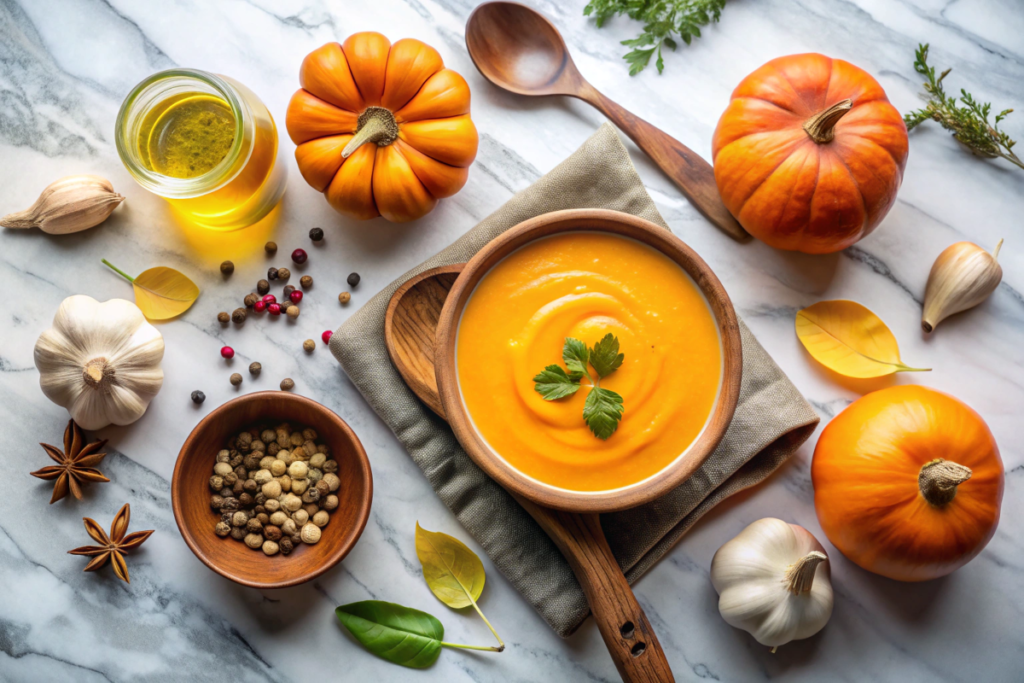
How Pumpkins Are Used in Cooking
Common Recipes and Traditional Uses
Pumpkins feature in a variety of recipes, from pumpkin pie and soups to roasted pumpkin seeds. Their versatility in both sweet and savory dishes showcases their unique position in the culinary world.
Recipe: Classic Pumpkin Soup
Ingredients:
- 2 tablespoons olive oil
- 1 onion, chopped
- 2 cloves garlic, minced
- 4 cups pumpkin puree
- 4 cups vegetable broth
- 1 teaspoon ground cinnamon
- Salt and pepper to taste
- 1/2 cup coconut milk (optional)
Instructions:
- Heat olive oil in a large pot over medium heat. Add onions and garlic, sauté until translucent.
- Stir in pumpkin puree and vegetable broth. Bring to a boil.
- Reduce heat and simmer for 20 minutes.
- Add cinnamon, salt, and pepper. Blend the soup until smooth using an immersion blender.
- Stir in coconut milk if desired. Serve hot.
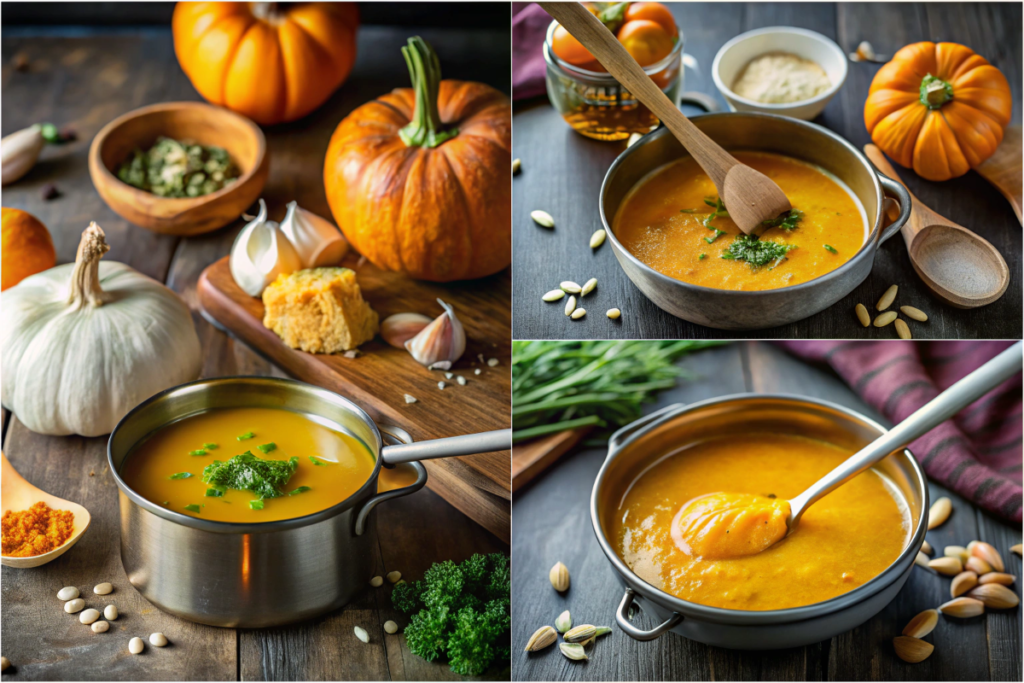
Are All Pumpkins Edible?
Understanding Different Pumpkin Varieties
Not all pumpkins are created equal. Some varieties are specifically cultivated for culinary use, while others are ornamental and not suitable for consumption. It’s essential to choose edible pumpkins like sugar pumpkins for recipes.
Pumpkin Seeds: A Nutritious Snack
Health Benefits of Pumpkin Seeds
Pumpkin seeds, also known as pepitas, are packed with protein, healthy fats, and essential minerals like magnesium and zinc. They make a nutritious and delicious snack, adding value beyond the flesh of the pumpkin.
Fun Facts About Pumpkins
Interesting Trivia About Pumpkins
- Pumpkins can grow up to 1,000 pounds!
- The world’s largest pumpkin weighed over 2,600 pounds.
- Pumpkins are part of the same family as melons and cucumbers.
The Role of Pumpkins in Different Cultures
Historical and Cultural Significance of Pumpkins
Pumpkins hold significant cultural importance, especially in North America during Halloween and Thanksgiving. They symbolize harvest, abundance, and are integral to various traditional festivities.
How to Store and Preserve Pumpkins
Best Methods for Keeping Pumpkins Fresh
To maximize shelf life, store pumpkins in a cool, dry place with good ventilation. Avoid stacking them to prevent bruising and ensure they remain fresh for extended periods.
FAQs About Pumpkin
Is Pumpkin a Fruit?
Yes, botanically, pumpkin is a fruit as it develops from the flower and contains seeds. However, it is often treated as a vegetable in culinary practices.
What Are Some Common Uses of Pumpkin?
Pumpkins are used in a variety of dishes, including soups, pies, roasted vegetables, and as decorative elements during festive seasons.
Are All Pumpkins Edible?
No, only specific varieties like sugar pumpkins are edible. Ornamental pumpkins are not suitable for consumption.
What Nutrients Are Found in Pumpkins?
Pumpkins are rich in vitamins A and C, fiber, antioxidants, and essential minerals like potassium and magnesium.
Conclusion
In summary, is pumpkin a fruit? Botanically, yes, pumpkins are classified as fruits because they develop from the flowering part of the plant and contain seeds. However, in the culinary world, pumpkins are often treated as vegetables due to their savory flavor and versatile use in cooking. This dual classification highlights the fascinating complexity of plant taxonomy and culinary practices. Whether enjoyed in a sweet pie or a hearty soup, pumpkins continue to be a beloved ingredient across cultures and cuisines.

